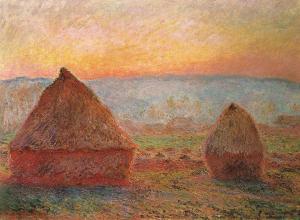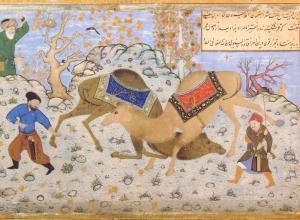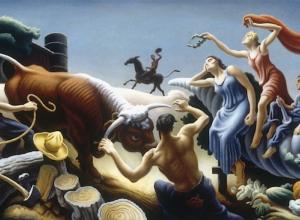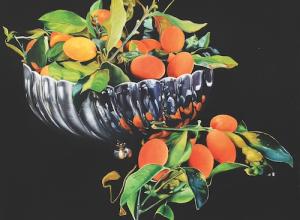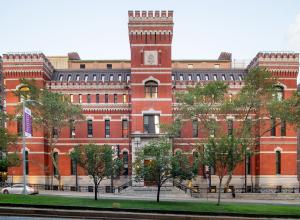The exhibition opened on March 6th, the 550th anniversary of the birthday of Michelangelo di Lodovico Buonarroti Simoni (1475-1564). Having achieved iconic status as a poet, painter, sculptor, and architect in his own time, he is known simply as Michelangelo. The artist lived to be 88 years old, an extraordinary age for anyone born in the 15th century.
This is the first major exhibition in the recently renovated Muscarelle that also unveils new discoveries about Michelangelo’s works and debuts seven drawings on view for the first time in the United States. Although he was one of the most thoroughly documented artists of the 16th century, he also destroyed much of his own work.
Shortly after the opening, we interviewed exhibition curator and Michelangelo expert, Adriano Marinazzo. His extensive scholarship on Michelangelo grounded the exhibition, which highlights new and compelling theories about Michelangelo’s work, including a comparison between The Creation of Adam and a self-portrait, which suggests that the artist may have envisioned himself as the Creator.
Marinazzo has deep ties to his home country. He spoke of graduating from high school in Italy. “For my oral exams, I chose art history and mathematics. When the art history examiner asked me about Michelangelo’s frescoes at the Sistine Chapel, I felt lucky, since it was one of my favorite subjects. I was just seventeen at the time, but even then, I found myself completely immersed in the study of his genius.”










